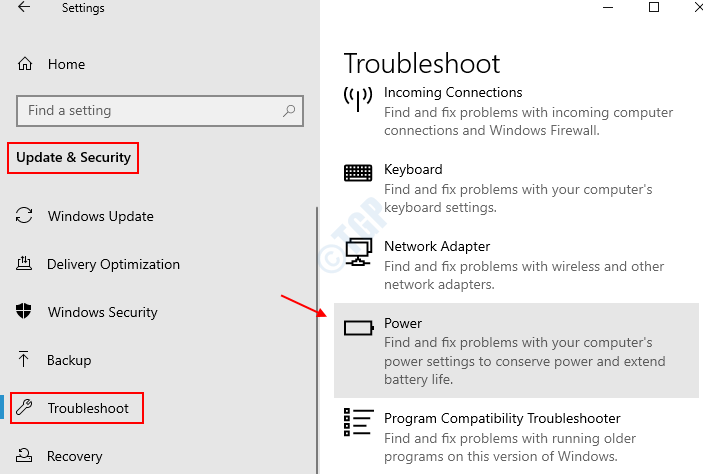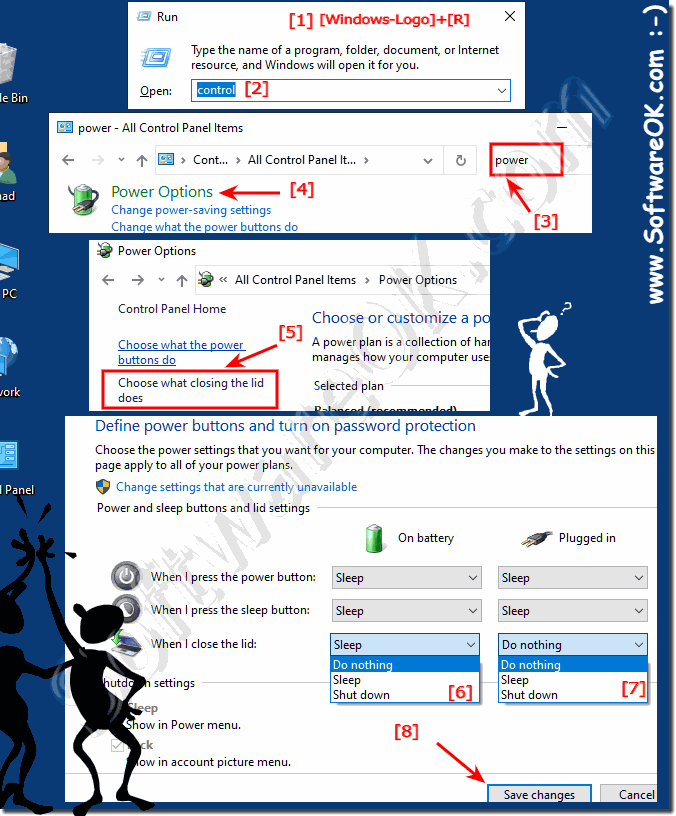

Step-3: In this step, you have to click the link ‘Choose when to turn off the display’ located under the left pane of your window screen.Step-2: Navigate the Power Options and click on it.Step-1: Firstly, launch the Windows 10 shortcuts key Win+X to navigate the Control Panel and then open it.

Step-5: You have to disable ‘sleep.’ Now you must tick both the dropdowns present under ‘Sleep’ to Never.Step-4: Go to Sleep settings present under the ‘Sleep’ header that is located under the power settings.Step-3: Now open the ‘Power settings.’ Choose the “Power and sleep” located from the left pane.Step-2: Navigate to ‘System.’ It is the first category located on the left side of the app.Step-1: Now press the Start button located in the lower-left corner of your screen, and then you have to choose the ‘Settings’ gear.Open the Settings app from the below link: Step-2: In this step, you need to click on ‘Change settings that are currently unavailable’ and then uncheck ‘Turn on Fast Startup’ to disable this setting. Now click on ‘Choose what the power buttons do.’ Once you have shut down and then restarted your PC, Windows 10 would load the hibernation file inside the memory in order to resume your PC.įollow the below steps to disable fast startup: This feature does that by saving an image of the kernel as well as loaded drivers to the C:hiberfil.sys after shutdown. The Windows 10 Fast Startup feature is basically a setting that assists your PC startup quickly after shutdown. For that, you may consume a bit more power, but devices that may be causing a problem are usually instructed to stay on. If you have disabled Sleep and still find issues on Balanced, then you need to change it to High performance. Note: If the current power plan is set to Balanced, then several devices are permitted to enter a low power state. In case your PC is about to roll into sleep mode too soon, or taking much time to go sleep, this step needs to be followed without fail. Step-2: At the right side of the ‘Put the computer to sleep,’ you need to check out the values and ascertain that they are set properly. ‘Power Options.’ Now click on ‘Choose when to turn off the display.’ Step-1: Navigate to ‘Control Panel’ and select To access sleep mode settings, follow the below steps: In case you are working on a shared computer or a Windows 10 PC that is not yours, there is a possibility that somebody else might have twisted the power options. In case your PC has already been installed with updates, or if there is an installed app that demands a restart, then your PC might not sleep at all. Typically, the power options, the hardware, and configuration can influence the way power and sleep buttons function. Once your Windows 10 PC enters sleep, you can check all your settings as well as factors that prevent a sleep state. The first approach you can adopt is to check your sleep mode settings.


 0 kommentar(er)
0 kommentar(er)
